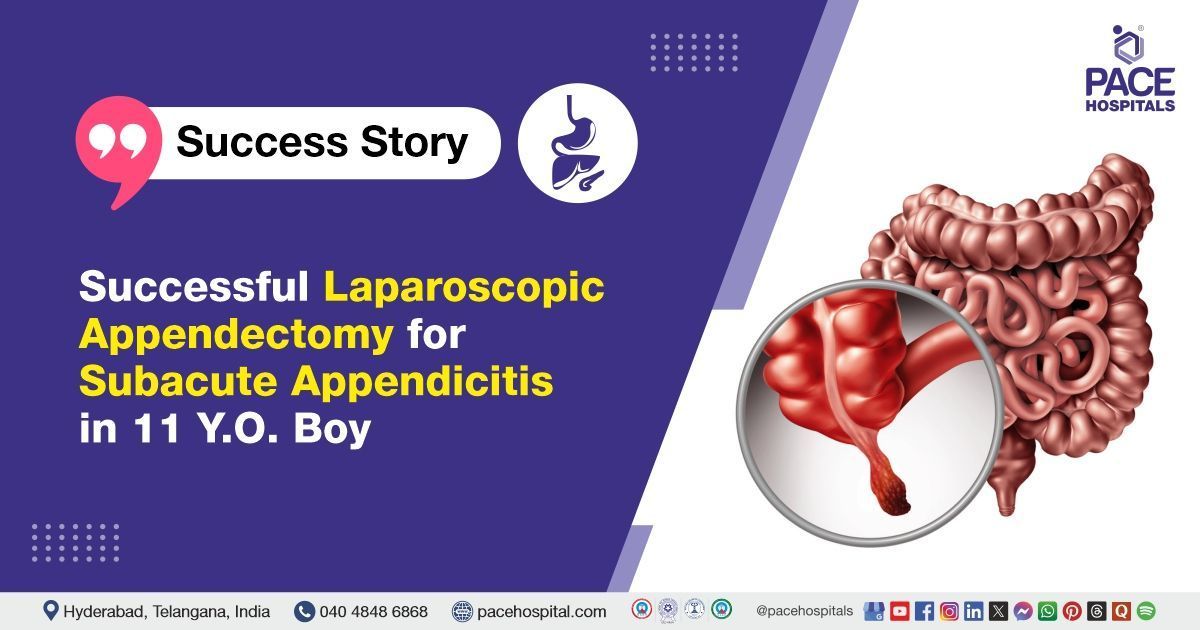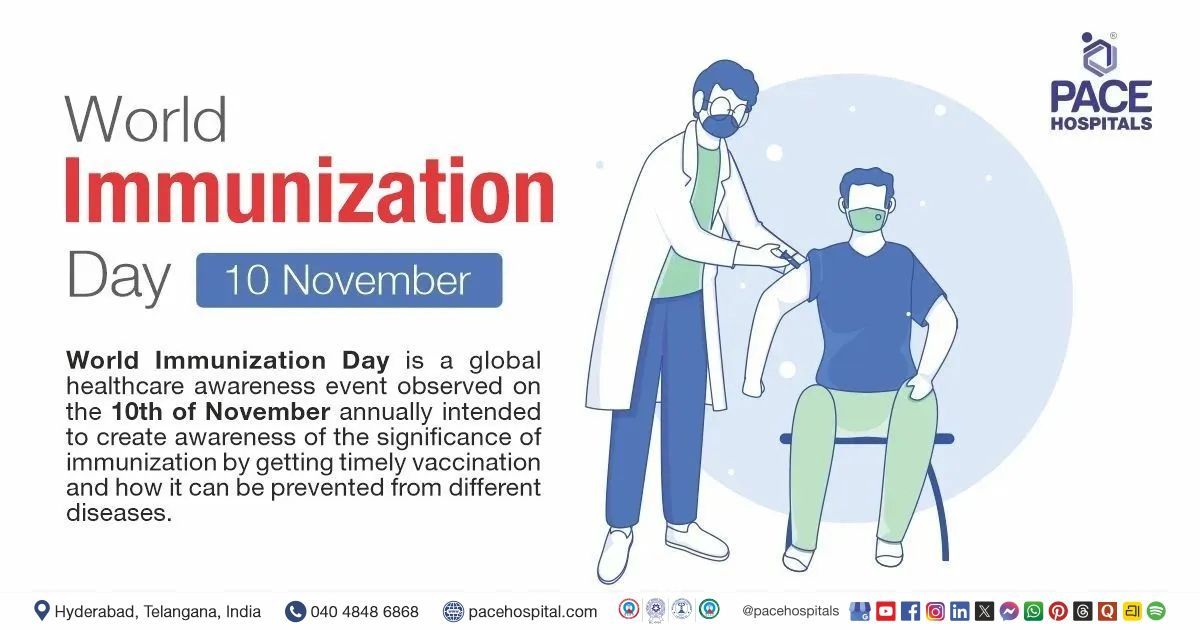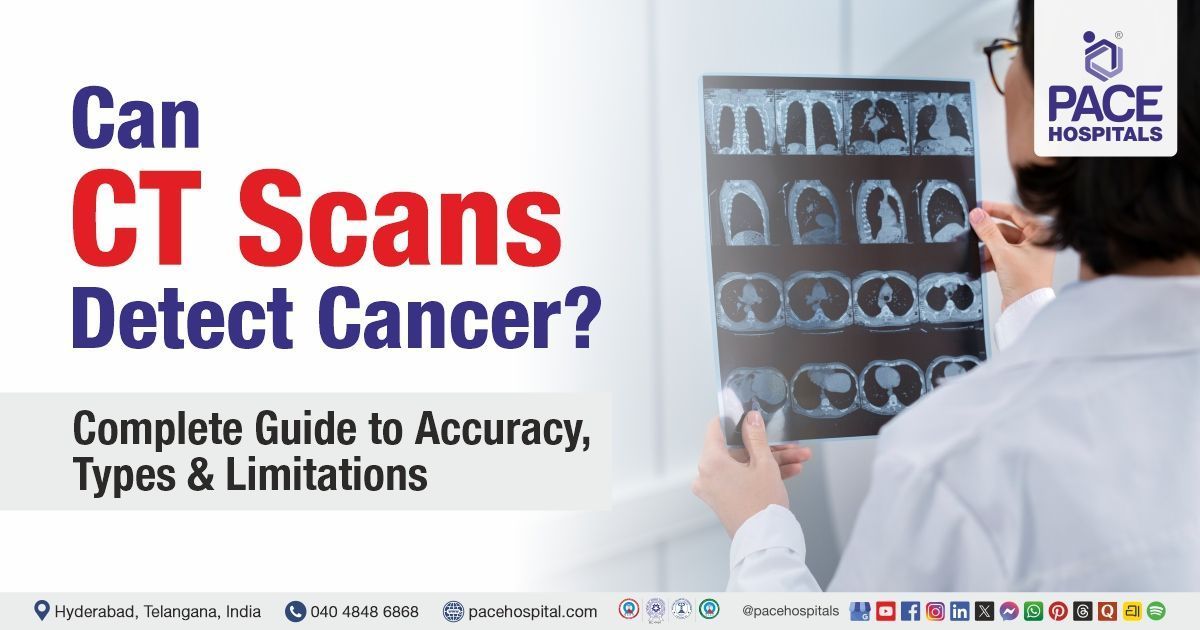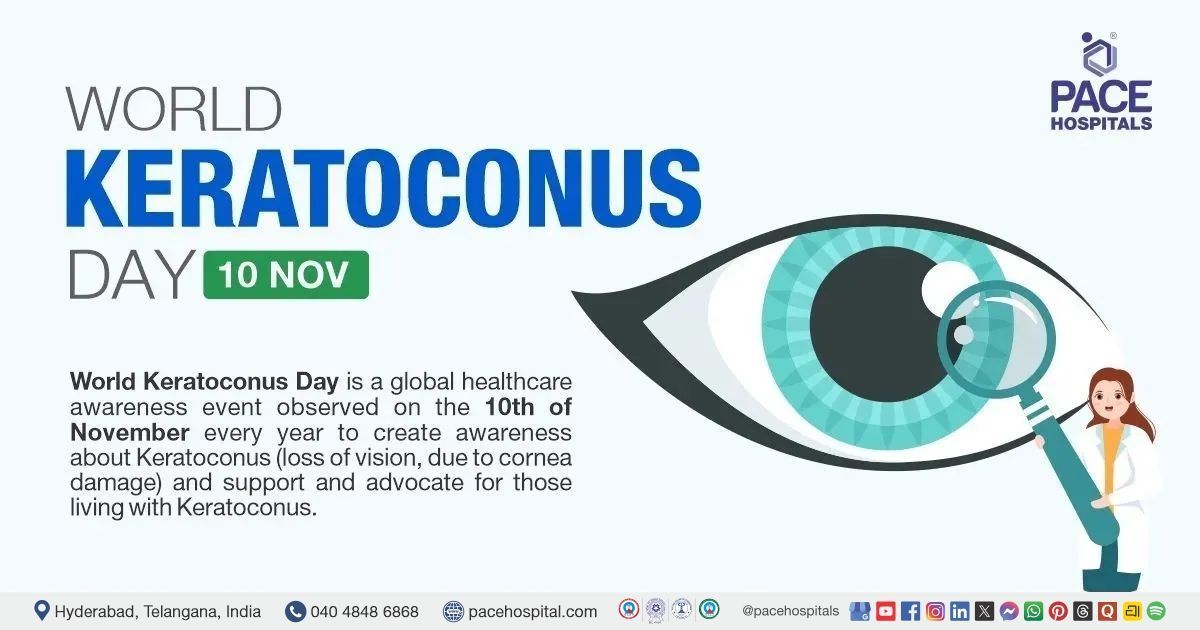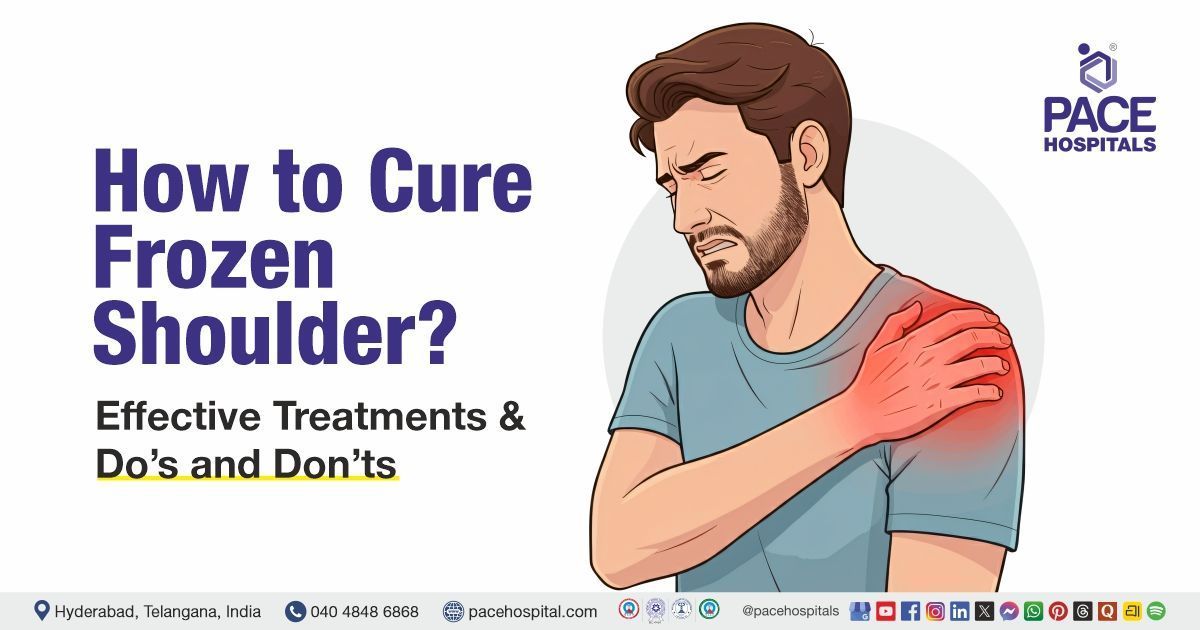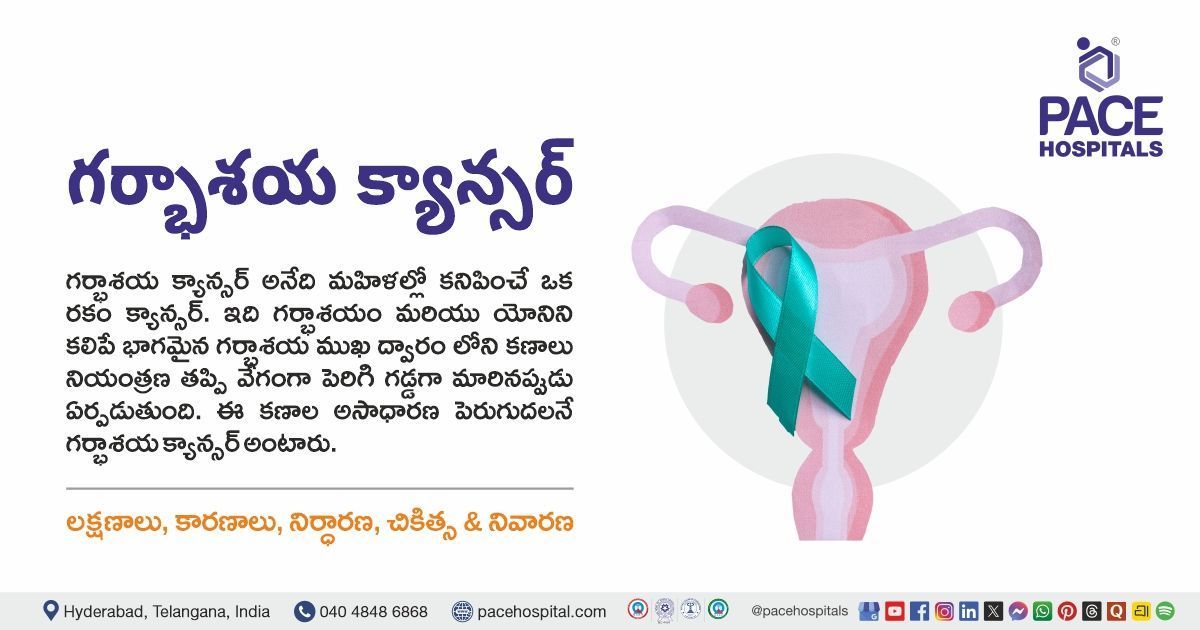Successful Laparoscopic Appendectomy for Subacute Appendicitis in an 11-Year-Old Boy
PACE Hospitals
PACE Hospitals’ expert gastroenterologist team successfully performed a laparoscopic appendectomy on an 11-year-old boy who had presented with complaints of pain in the right iliac and lumbar region for the past four weeks. The procedure was carried out to relieve the symptoms associated with the condition and to promote smoother functional recovery, ultimately enhancing the child’s overall quality of life.
Chief Complaints
An 11-year-old boy with a
Body Mass Index (BMI) of 18.3 presented to the Gastroenterology Department at
PACE Hospitals, Hitech City, Hyderabad, with complaints of pain in the right iliac region (lower right side of the abdomen) and right lumbar region (lower right side of the back) for the past four weeks. His symptoms had gradually worsened over time, prompting further evaluation to determine the underlying cause.
Past Medical History
The patient had no significant past medical or surgical history. He had no known chronic illnesses or previous abdominal complaints. The abdominal pain was a new, subacute presentation persisting for four weeks. His stable health status facilitated an uncomplicated postoperative course.
On Examination
Upon examination, the patient was stable with normal vital signs. Tenderness was noted in the right iliac and lumbar areas, without signs of guarding or abdominal rigidity. There were no indications of widespread peritonitis, supporting the diagnosis of subacute (rather than acute or perforated)
appendicitis. The rest of the physical examination was normal.
Diagnosis
After admission to PACE Hospitals and initial assessment, a comprehensive diagnostic workup was performed, including complete blood count (CBC), liver function tests, coagulation profile, serum electrolytes, and renal function tests to evaluate the patient’s overall condition.
An abdominal ultrasound was performed to evaluate the patient’s abdominal symptoms. It revealed a prominent, non-compressible appendix measuring 4.5mm, along with a few reactive lymph nodes in the right iliac fossa, consistent with subacute appendicitis. These findings supported clinical diagnosis and confirmed the need for surgical intervention.
Based on the confirmed diagnosis, the patient (child) was advised to undergo
Subacute Appendicitis Treatment in Hyderabad, India, under the specialized care of the gastroenterology department.
Medical Decision-Making (MDM)
After a thorough consultation with the consulting gastroenterologists, Dr. Govind Verma, Dr. Sudhir, Dr. Padma Priya and Dr. Suresh Kumar, a comprehensive evaluation was carried out to determine the most appropriate diagnostic and therapeutic approach for the patient. The multidisciplinary team collaborated to address the patient's clinical presentation, ensuring a tailored treatment plan. Based on their expert assessment, it was concluded that a laparoscopic appendectomy would be the most effective procedure to address the patient’s condition.
The patient's family members were thoroughly counselled regarding the severity of the condition, the need for surgical intervention, and the potential risks and benefits associated with a laparoscopic appendectomy.
Surgical Procedure
Following the decision, the patient was scheduled to undergo laparoscopic appendectomy surgery in Hyderabad at PACE Hospitals, under the expert supervision of the gastroenterology Department.
Before the surgery, informed consent was obtained after a thorough explanation of the procedure and associated risks, ensuring the patient's family understood the surgical process. The procedure was performed in the following steps:
- Patient Positioning & Anaesthesia: The child was placed under general anaesthesia in a supine position.
- Creation of Pneumoperitoneum: A small incision was made near the umbilicus to insert a Veress needle or trocar, and carbon dioxide gas was insufflated to create space within the abdomen.
- Trocar Placement: Additional ports were inserted under direct vision to allow access to surgical instruments and a laparoscope.
- Exploration & Identification: The abdominal cavity was examined, and the inflamed appendix was located in a retrocecal position.
- Dissection & Ligation: The mesoappendix was dissected and ligated to control the blood supply.
- Appendix Removal: The base of the appendix was secured using end loops or a stapler, and the appendix was removed.
- Irrigation & Inspection: The area was irrigated with saline to ensure no residual infection, and the rest of the abdomen was inspected for any abnormalities.
- Port Closure: Trocars were removed, and incisions were closed using absorbable sutures.
Intraoperative Findings:
- The appendix was found to be mildly inflamed, consistent with subacute appendicitis.
- It was identified in a retrocecal position, meaning it was located behind the cecum, which can sometimes make access and visualization more challenging.
- The mesoappendix, which contains the appendiceal artery and lymphatic tissue, was carefully ligated using electrocautery and surgical clips to control blood flow and prevent bleeding.
- The base of the appendix and the cecum appeared healthy, with no signs of perforation, abscess, or surrounding infection.
Postoperative Care
The surgical procedure was completed without any intraoperative complications. In the postoperative period, he was treated with intravenous fluids, antibiotics, analgesics, to reduce stomach acid and protect the gastric mucosa, a proton pump inhibitor and other supportive medications. The child was hemodynamically stable and prepared for discharge with detailed post-discharge care instructions and follow-up recommendations.
Discharge Medication
Upon discharge, the parents were advised to give the child a course of antibiotics to treat any residual or underlying infection. Proton pump inhibitors (PPIs) were included to reduce gastric acidity and protect the gastrointestinal tract, and an analgesic was given for pain relief. Additionally, laxative syrup was given to maintain regular bowel movements, and a single dose of a deworming medicine was administered as a precaution.
Emergency Care
The patient’s family was informed to contact the emergency ward at PACE Hospitals in case of any emergency or development of symptoms such as fever, abdominal pain and vomiting, or wound-related issues.
Review and Follow-Up
The patient was advised to return for a follow-up visit with the Gastroenterologist in Hyderabad at PACE Hospitals, after 1 week.
Conclusion
This case highlights the successful management of subacute appendicitis in a pediatric patient through a laparoscopic appendectomy, which resulted in significant relief of symptoms, a smooth postoperative course, and a faster recovery with minimal risk of complications.
Evolving Perspectives on Pediatric Appendicitis and Laparoscopic Care
In recent years, laparoscopic appendectomy has emerged as the preferred surgical method for pediatric appendicitis, even in subacute and complicated cases. Large clinical studies have demonstrated that this approach, when performed by an experienced gastroenterologist/ gastroenterology doctor specializing in surgical interventions, offers reliable safety with low morbidity—postoperative complication rates under 2% and no mortality in over 1,300 children studied. Compared to open surgery, laparoscopy reduces hospital stay (from ~40 to ~34 hours on average) and lowers wound infection and abscess rates, especially beneficial for children over the age of 12. Aside from these practical advantages, the technique allows full visualization of the abdominal cavity, enabling correct diagnosis of atypical presentations, and minimizes long-term risks such as postoperative adhesions. Taken together, evolving evidence underscores laparoscopic appendectomy as a safe, cost-effective, and diagnostically superior approach in pediatric patients, ideal for improving both short- and long-term outcomes.
Share on
Request an appointment
Fill in the appointment form or call us instantly to book a confirmed appointment with our super specialist at 04048486868

